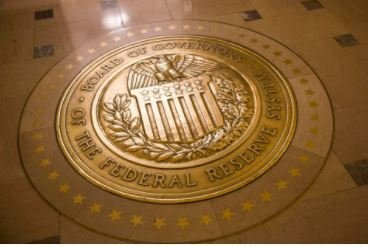Given the recent release of the whitepaper from the Federal Reserve analyzing the pros and cons of a U.S. central bank digital currency (CBDC), it seems a good time to take a fresh look at this issue. Since multiple countries around the world have already launched, or are in the process of launching, CBDCs the question has to be asked; why does the United States seem to be behind in this area? The technological arguments have been addressed – blockchain and the cryptoassets that run on top of it do provide quantifiable savings and benefits – so why the hesitation?
There are any number of reasons why the U.S. might want to take its time with the issuance of a CBDC, but one is of paramount importance; the role of the dollar as the global reserve currency. Serving as the global reserve currency provides the United States, setting aside hyperbole or other machinations, provides the United States with an unparalleled economic advantage over every other nation. Such an advantage, however, is not guaranteed nor ensured going forward, and it is imperative that policymakers understand the pros and cons of a CBDC project, as well as the implications this will have for the broader economy.
Let’s take a look and dive into some of the factors that should be considered moving forward by the Federal Reserve, and any other policymakers seeking to integrate crypto and blockchain into the payment system.
Continue reading: https://www.forbes.com/sites/seansteinsmith/2022/01/24/crypto-has-arrivedwhy-the-us-needs-to-embrace-it/?sh=27abce711539
There are any number of reasons why the U.S. might want to take its time with the issuance of a CBDC, but one is of paramount importance; the role of the dollar as the global reserve currency. Serving as the global reserve currency provides the United States, setting aside hyperbole or other machinations, provides the United States with an unparalleled economic advantage over every other nation. Such an advantage, however, is not guaranteed nor ensured going forward, and it is imperative that policymakers understand the pros and cons of a CBDC project, as well as the implications this will have for the broader economy.
Let’s take a look and dive into some of the factors that should be considered moving forward by the Federal Reserve, and any other policymakers seeking to integrate crypto and blockchain into the payment system.
Continue reading: https://www.forbes.com/sites/seansteinsmith/2022/01/24/crypto-has-arrivedwhy-the-us-needs-to-embrace-it/?sh=27abce711539

